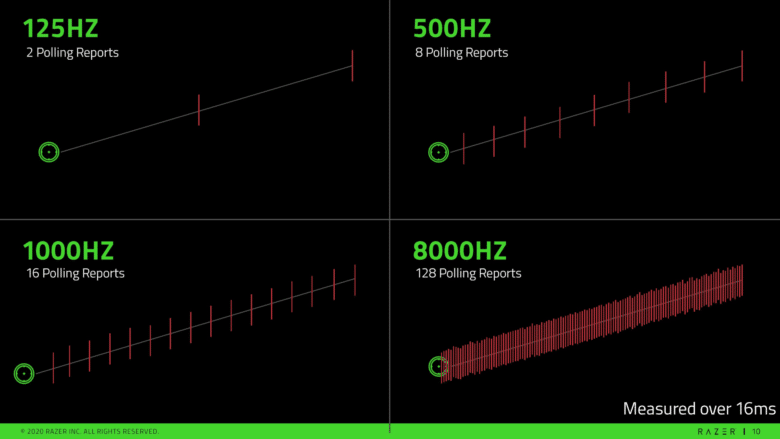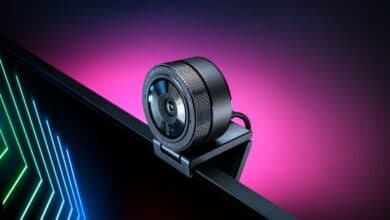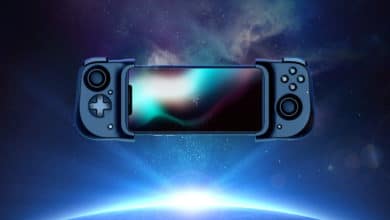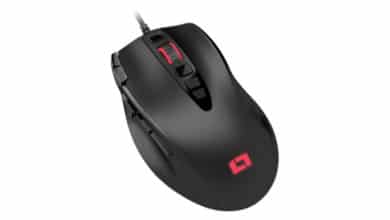
An average office mouse has a USB polling rate of 125 Hz. The standard of gaming mice runs at such a rate of 1,000 Hz. Razer is now in the process of launching a mouse in 2021 that will outperform the standard in the USB range by a factor of seven.
It’s not only about speed, but about anticipation
One might think that 1,000 Hz will be sufficient in perspective, since it corresponds to one information request of a computer per millisecond. The latency is therefore hardly noticeable. But the increase of the polling rate is not so much about further reducing the latency, but much more about the actions that are predictable for the computer, which are executed with the mouse. This would suit a player in a first-person shooter game where milliseconds and precision are at stake. Thus, e-sports in particular should pay attention when, starting in 2021, calculations are made not only in milliseconds but also in microseconds.
That is what is behind the 8,000-Hertz mouse
The development department at Razer has already produced a prototype of an 8,000 hertz mouse. Successful tests already suggest a revolution among USB mice.
Cable mice with 2,000 or 3,000 Hz were already thrown onto the market, but they could not keep their promises and were ultimately subject to a query rate of 1,000 Hz. Unlike the manufacturers of these models, Razer uses Avalon technology. Although this uses a USB 2.0 signal – which would not allow queries every 125 microseconds – it is based on the Hi-Speed standard. This standard transmits 480 Mbit of data per second. Placed on three tracks, this results in a query every 125 microseconds. Externally, the difference will therefore only be noticeable through a thicker cable. Meanwhile, a wireless solution is still a long way off, Razer said.
The first tests are promising
Our colleagues at Computerbase had a prototype of an 8,000 hertz mouse at their disposal. The test results clearly indicated that 8 queries per millisecond are indeed possible in the long term. Individual break-ins were detected, but they were still above a 1,000-Hz frequency.
The prototype’s advantage was also evident in practice. For example, a 1,000-Hz mouse seemed quite sluggish after a half-hour gaming session. Even though 7,000 Hz difference is hardly visible to the human eye, Razer’s future mouse makes the difference noticeable in direct comparison with current standard mice such as Razer’s Viper Ultimate, Endgame Gears’ XM1 or Logitech’s G Pro Wireless, says Computerbase.
Not for the average gamer
Features Avalon technology is designed to give a mouse an even higher query rate. But not to completely replace the standard of 1,000 hertz, but to focus on e-sports. Because today’s standard is more than adequate and will remain so for some years to come. But where winning or losing depends on speed, reaction and precision, the new gaming mouse generation will make the difference.




